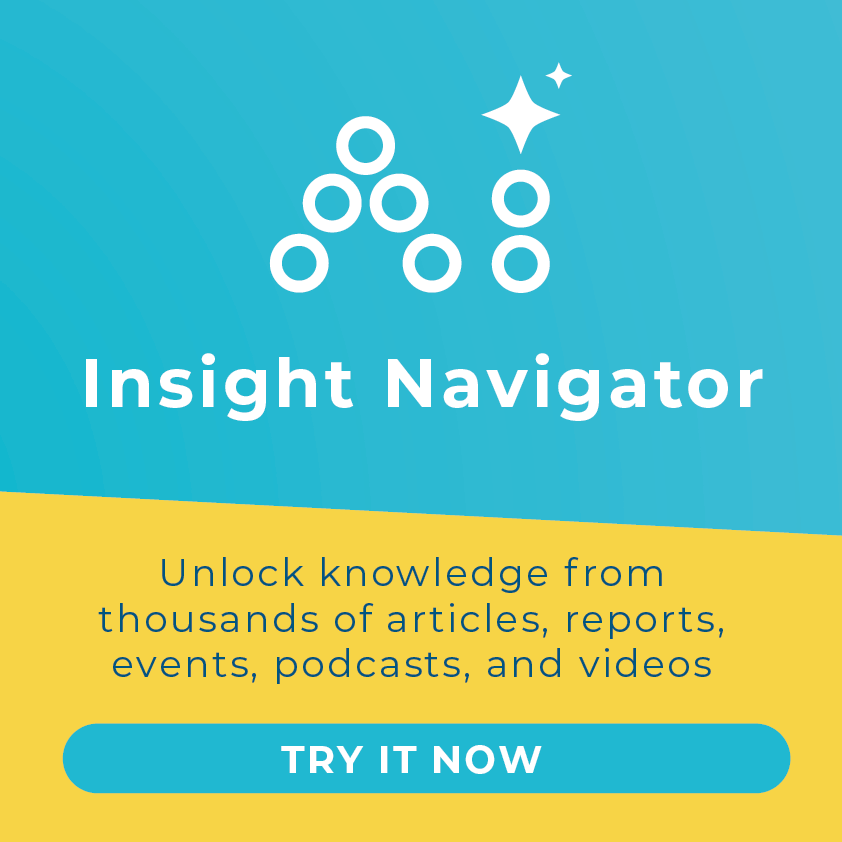In crises, swift action is critical. Yet, business leaders should also use this time to rethink the “old normal” for workplace health, particularly for poorer workers in their global supply chains.
The “old normal” views workplace health through narrow lens of occupational safety. Most manufacturing suppliers in lower-income countries consider their health and safety staff as compliance-driven cost centers, not strategic resources that strengthen the workforce and business.
With leadership, this can be different – for the next time.
Take Chevron’s efforts 20 years ago to reduce upper respiratory infections (URIs) for the 1,800 workers in its offshore operations in Southeast Asia. Dr. James Allen, former chief medical officer for the region, recounts, “Think of a production platform or drill ship as an enlarged submarine, with a relatively captive audience – you cannot allow infections to spread.”
He directed company health teams to design solutions: “Before long, the doctors and nurses were busy devising ways to promote hand hygiene, to enhance awareness on how infections spread, making sure soap and paper towels were always in stock … getting workers to report illnesses to our clinic at the hangar or dock before traveling offshore, and installing cough/sneeze guards on cafeteria lines.” URIs fell by 50 percent, he said. “Then SARS did come, and we were well prepared.”
You might think a rich oil company is far removed from manufacturing and agribusiness supply chains. Then take a Haiti example with its low-end apparel production. Share Hope, Inc., a social enterprise based there uses its profits for worker social programs and develops the skills of factory nurses. CEO Cynthia Petterson recalls that when Chikungunya, a mosquito-borne disease, hit the island 10 years ago, the Share Hope team and factory nurses were ready to respond quickly, unlike other factories. They realized abundant citronella plants plus a simple recipe, using available measuring tools like bottle caps, could enable their workers to fashion protective citronella candles for their homes at night. These factories saw fewer sick workers.
Allen and Petterson come from different industries but share a similar way of thinking about workplace health. In contrast to public health and occupational health, Allen calls the approach “organizational medicine,” because the health staff are in the unique position to be active caregivers and health promotors with their “patients” just outside the clinic door.
This thinking also recognizes that effective workplace health takes care of the whole person, not just the disease. Many diseases affect men and women differently. For instance, several infectious diseases noted above harm people’s reproductive health or are spread sexually. So, you need to address all aspects of disease, from gender to even contraception. Workplace providers in Haiti and elsewhere, with training and support, have proven capable of prevention, counseling, care and supportive referral.
Changing the “old normal” requires collective action and systemic change. Business leaders should consider three types of investment in workplace health, linked directly to the Sustainable Develop Goals and gender equality, namely:
- Train, activate and elevate workplace nurses. 2020 is the Year of the Nurse, and appropriately so, because as the backbone of health systems they are central to caring for Covid-19 patients. Workplace nurses are under-used, under-appreciated, underpaid. In too many factories, they spend much time doing very little – a waste of talent and potential. Corporations that want to promote women’s empowerment in their supply chains would do well to empower nurses. Many nurses should be elevated to management status and paid accordingly. Many also need further training and skills. In some countries, factory “nurses” lack nursing degrees. Many organizations, like CARE, Business for Social Responsibility, and “Weave our Future” Foundation, seeing this problem have trained factory nurses, but on a small scale. Business should take the lead. This requires business working together on nurse professional development by creating training programs that prepare nurses for “organizational medicine,” linking licensing and certification to compliance and engaging medical education institutions for systemic change.
- Manage health like other productive operations. Most managers hire their health staff and leave them alone, treating factory clinics as beyond their technical capacity. This is a mistake. Workplace clinics and the staff need to be managed like any other business function. Leading workplaces do just that, creating health plans, setting goals, collecting health data, and reviewing the performance of staff. Management training should emphasize health management – this is best accomplished collectively by buyers and suppliers. One model for sharing training resources on health and empowerment already exists: the Empower@Work Collaborative, developed by GAP, Walmart, BSR, Care, Better Work and ICRW.
- Bridge the occupational and public health gap. The job of workplaces is not health care, but they do need to ensure worker access to information and quality services. Business should engage public health systems and press for systemic changes. This starts by advocating for more accessible health services for poor workers. Collaborations with health and labor departments should strengthen workplace clinic staff, expand services, and build other systemic linkages, such as workplace early warning systems to report infectious diseases at first appearance.
Good ideas for collective action on health abound. This year, the Indian NGO Swasti, with brands and the UN Foundation, is developing a “cluster” model where factories collectively provide health services to workers. This is just one opportunity, to paraphrase a famous leader, for business to think anew and act anew.
Editor’s Note:
David Wofford is Executive Vice President for Meridian Group International, Inc., with global experience on workplace health policies and good practices. He manages the workplace policy component under the USAID-funded, global project, Health Policy Plus. This article is made possible by the generous support of the American people through the United States Agency for International Development (USAID). The contents are his responsibility and do not necessarily reflect the views of USAID or the United States Government.










